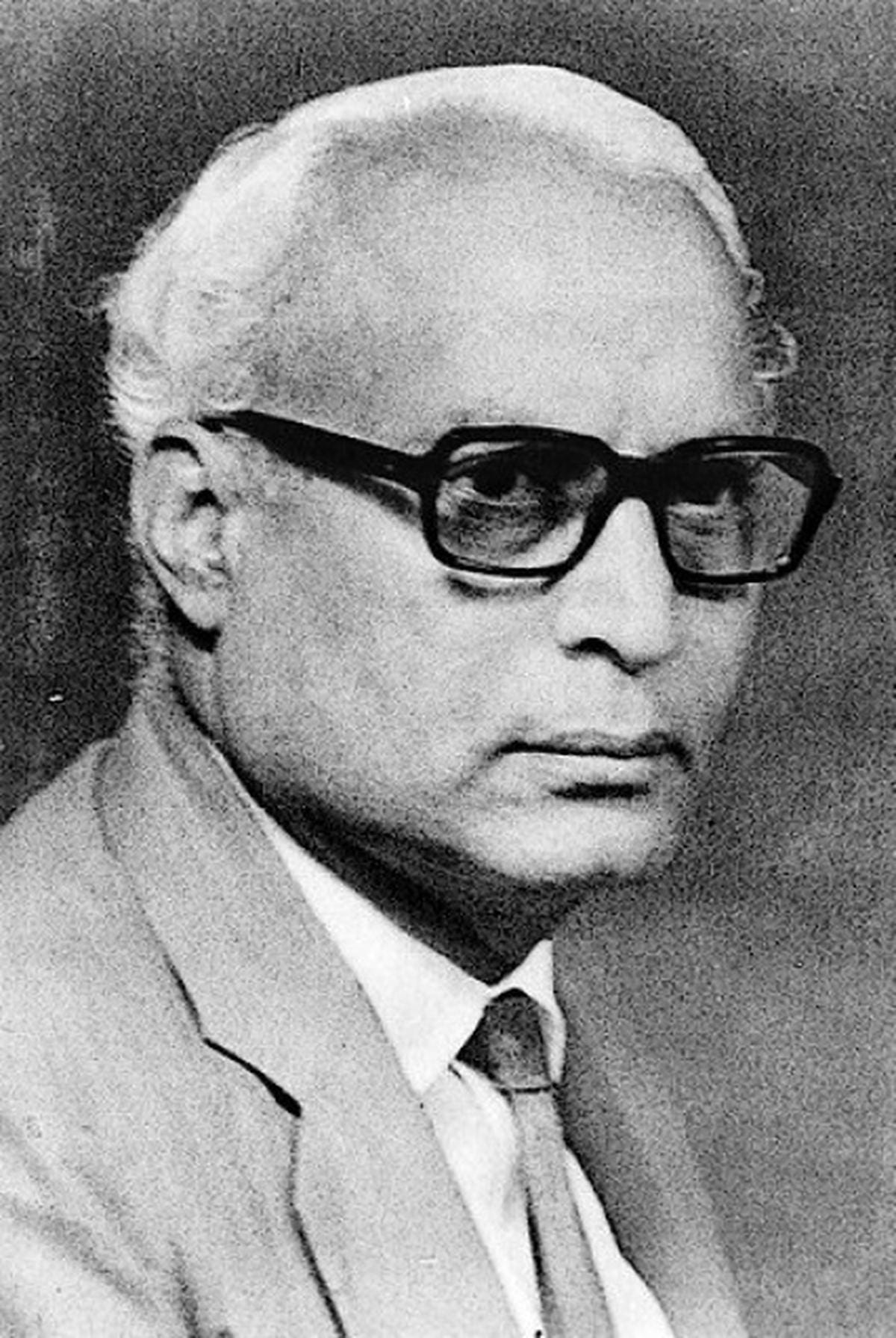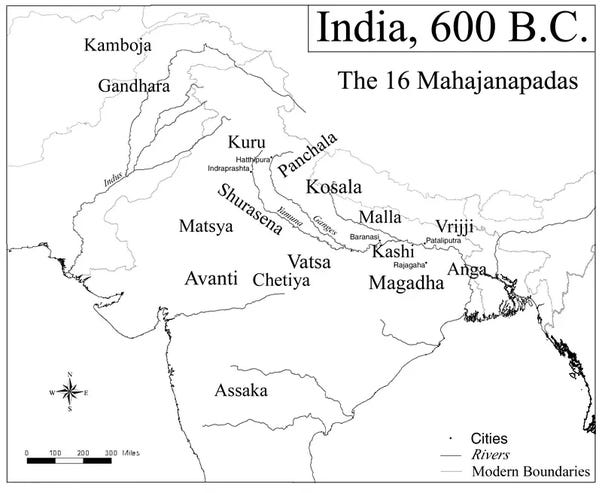We had seen in the previous part of how Rajaram intensified the Jat revolt against Aurangzeb, and captured large parts of the territory around Mathura, Agra. After Rajaram’s death in the battle at Bijal on July 4th, 1688, his ageing father Bhajja Singh became the leader of the Jats. Aurangzeb made the Kachwaha ruler of Amber, Raja Bishan Singh as faujdar of Mathura, and who in turn gave a written promise to subjugate the Jats. He laid siege to Sinsini fort for 5 long months along with the Mughals and finally on January 1690, it fell, leading to the massacre of 1500 Jats that included Bhajja Singh.

It was then Churaman, the younger brother of Raja Ram who ascended the throne, and assumed leadership of the Jats. He began to expand his army, recruiting soldiers, horses, raising an army of 500 cavalry and 1000 infantry, in alliance with another Jat Zamindar Nand Ram of Hathras.He constructed a fort at Thoon in a marshy jungle with impregnable mud walls and deep moats, which would lay the foundation for the princely state of Bharatpur. Soon around 80 villages came under Thoon, and the Jat army expanded further.
In need of money for maintaining his huge army, Churaman raided the princely states of Kota and Bundi, looting the treasures there and in 1704, he recaptured Sinsini from the Mughals. When Aurangzeb passed away in 1707, a conflict broke out at Jajau, between his two sons Muazzam and Azam Shah. While the Sikhs supported Muazzam, Churaman tactfully choose not to ally with the either side, and instead attacked, plundered both of them.
When Muazzam won the conflict and became Emperor in June 1707 under the name of Bahadur Shah 1,Churaman appeared before the emperor gifting him. Bahadur Shah in order to win over Churaman, offered him to be a Sardar of 500 cavalry and 1000 infantry to win him over.However Churaman rejected the offer, preferring to remain independent, as he began to expand his kingdom all the way to the Chambal.
In January 1709, he entered into an alliance with Sawai Jai Singh assisting him in the battles of Sambhar and Kaman against Bahadur Shah1. It was however a tactical move, where under the pretext of agreement, he planned to win back the Jat zamindaris occupied by the Kachwahas, as he recaptured Sogar, Bhusawar, Kaman, Khohari, Kot, Khunthare, Ithera, Jadila and Chaugdara. He also assisted Bahadur Shah in his campaign against the Sikhs, taking part in the Sadhaura and Lohagarh battles, going all the way up to Lahore. When Bahadur Shah passed away in 1713, a war broke out for the throne between his sons Jahandar and Farrukhsiyar. Once again Churaman tactically avoided taking sides, and plundered both the armies, as well as the Mughal army elephants.
Farrukhshiyar became the Emperor, and appointed Raja Chhabilaram Nagar and later Khan-a-dauran as Subadar of Agra, ordering them to subdue Churaman, who appeared in the Mughal court in September 1713 with a huge retinue of his Jat followers. Looking at the massive strength backing him, Farrukhshiyar felt it better to make peace, and gave him the pargabas of Ikram, Aghapur, Malah, Badhagaon, Bharatpur and Rupwas. However Churaman still continued to attack the Rajput states and Mughal faujdars, and this time the Emperor sent Raja Jai Singh of Amber to curb his activities in 1716. Heading a large army, the Rajputs laid siege to Thoon, but Churaman managed to repel them back. And he would emerge as the undisputed ruler of the entire territory around Delhi all the way up to the Chambal.
However a conflict soon broke out in his own family between his son Mokham Singh and nephew Badan Singh who had taken part in every campaign of Churaman, over Sinsini. Badan Singh felt that having contributed to every campaign of Churaman’s he deserved Sinsini, which Mokham Singh was not willing to part with. The conflict distressed Churaman emotionally, and on September 20, 1721, he commited suicide consuming poison. Churaman had excellent organizational capabilities, had a shrewd tactical sense and turned the Jat revolt started by Gokula into a powerful state. In a sense he was the real founder of the princely state of Bharatpur, and would be succeded by his nephew Badan Singh ultimately.













































